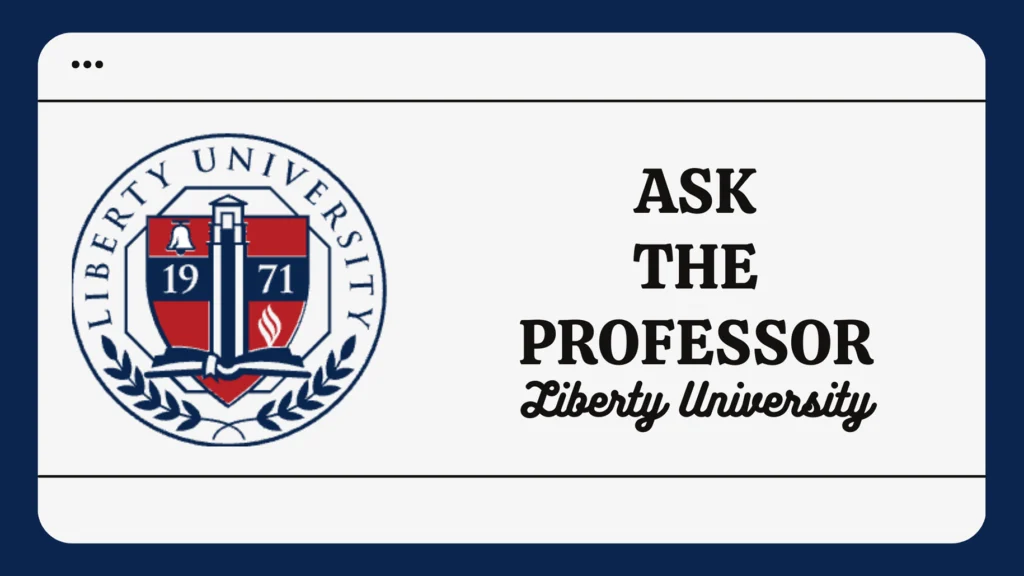What to Expect in PLST 226 at Liberty University: A Guide to Navigating the World of Contracts
Ah, PLST 226: Contracts. The very name conjures images of stuffy lawyers in suits, talking about “consideration” and “breach of contract” in hushed tones. But hold on, my friend! While contracts can be a bit complex, I’m here to tell you that PLST 226 doesn’t have to be a legal nightmare.
So, what’s the deal with PLST 226?
In a nutshell, PLST 226 is your introduction to the fascinating (and sometimes confusing) world of contracts. You’ll be diving deep into the legal concepts, principles, and procedures that govern everything from buying a cup of coffee to building a skyscraper.
Think of it like this: Contracts are the glue that holds our society together. They’re the agreements that allow us to buy things, rent apartments, get jobs, and even get married (yes, marriage is a contract!).
Now, let’s get down to the nitty-gritty:
The course description makes it clear that PLST 226 focuses on the formation, interpretation, modification, and assignment of contracts. You’ll learn about the different types of contracts, the elements required for a valid contract, and what happens when things go wrong (cue the dramatic music!).
But here’s the secret: PLST 226 isn’t just about memorizing legal jargon. It’s about understanding the underlying principles that govern these agreements. You’ll learn how to analyze contracts, identify potential problems, and even draft your own!
Think of it like learning a new language: Contracts have their own unique vocabulary and grammar. But once you get the hang of it, you’ll be able to communicate effectively and avoid getting caught in a sticky legal situation.
So, what can you expect in PLST 226?
1. Readings, Readings, and More Readings: “The more you read, the more things you will know, the more that you learn, the more places you’ll go,” said Dr. Seuss, and he wasn’t wrong. You’ll be diving into textbooks, case studies, and articles galore.
2. Discussions: Prepare to argue about the finer points of contract law with your classmates. It’s a great way to learn different perspectives and hone your critical thinking skills. Just remember to keep it civil (unless you’re playing the role of a lawyer in a hypothetical scenario, then all bets are off!).
3. Assignments: Expect a mix of essays, quizzes, and projects that test your understanding of the material. Be prepared to apply what you’ve learned to real-life scenarios.
4. Exams: Tests will assess your knowledge of the core concepts and legal principles.
Tips for Success:
- Stay organized: This course covers a lot of ground, so keeping track of your readings, assignments, and deadlines is crucial.
- Engage with the material: Don’t just passively read the textbook. Ask questions, discuss the concepts with classmates, and apply what you’ve learned to real-world scenarios.
- Stay on top of assignments: Procrastination is the devil’s playground, and in PLST 226, it can lead to a lot of stress.
- Seek help when you need it: Don’t be afraid to ask your professor, TA, or classmates for help.
Final Thoughts:
PLST 226 can be a challenging but rewarding course. You’ll learn valuable skills that can be applied to any career, from law to business to even running your own personal life. So, buckle up, grab your legal pad, and get ready to dive into the world of contracts!
Remember, even lawyers get caught in contractual tangles.
Think of it this way: Learning contracts is like learning to play poker. You might not always win, but you’ll know the rules of the game and be able to make informed decisions.
Good luck, and remember: Don’t sign anything without reading the fine print!
P.S. If you’re still thinking about taking PLST 226, consider this: It’s a great foundation for further legal studies. Maybe you’ll even become a lawyer someday!
P.P.S. Don’t forget to check out the course syllabus for more information about the specific requirements and expectations for PLST 226.
P.P.P.S. I’m just kidding! But seriously, check out the syllabus. It’s your roadmap to success in this course.

